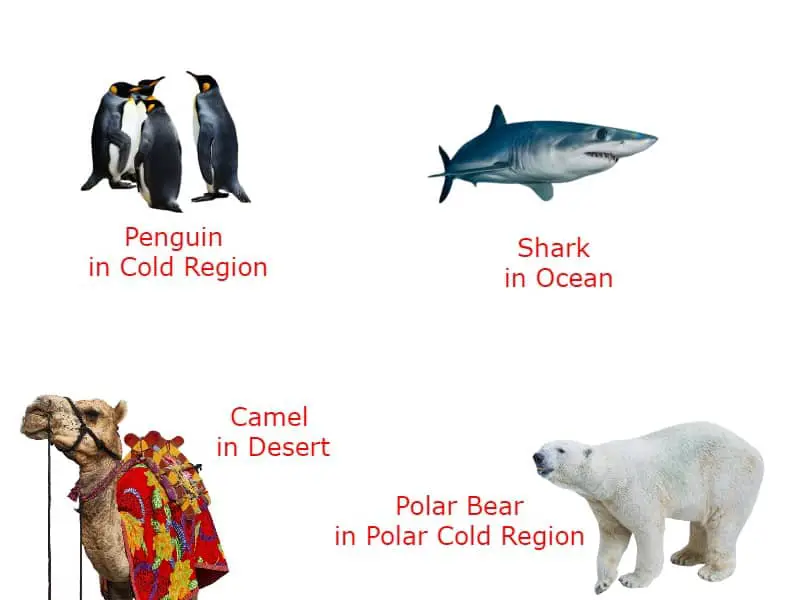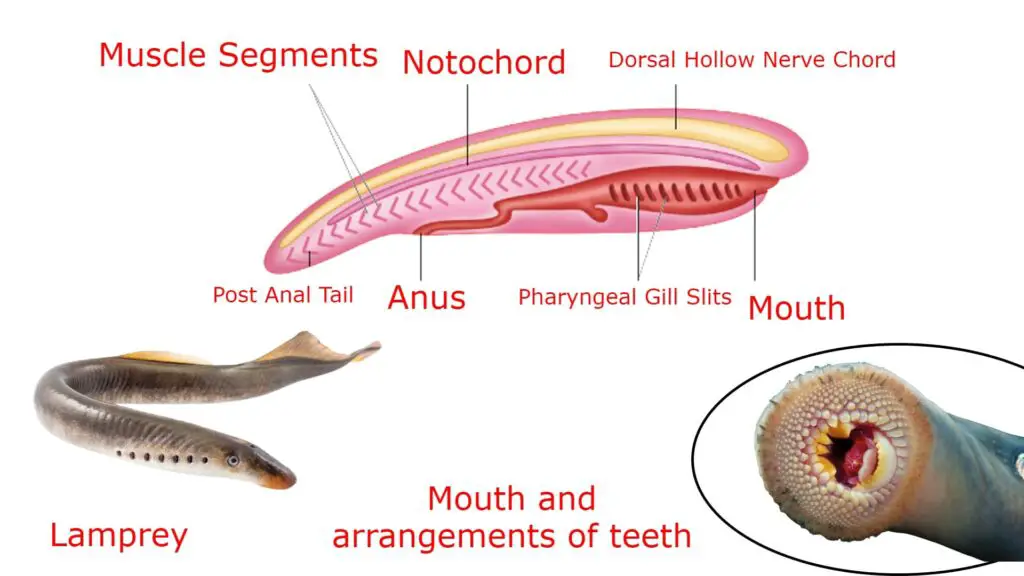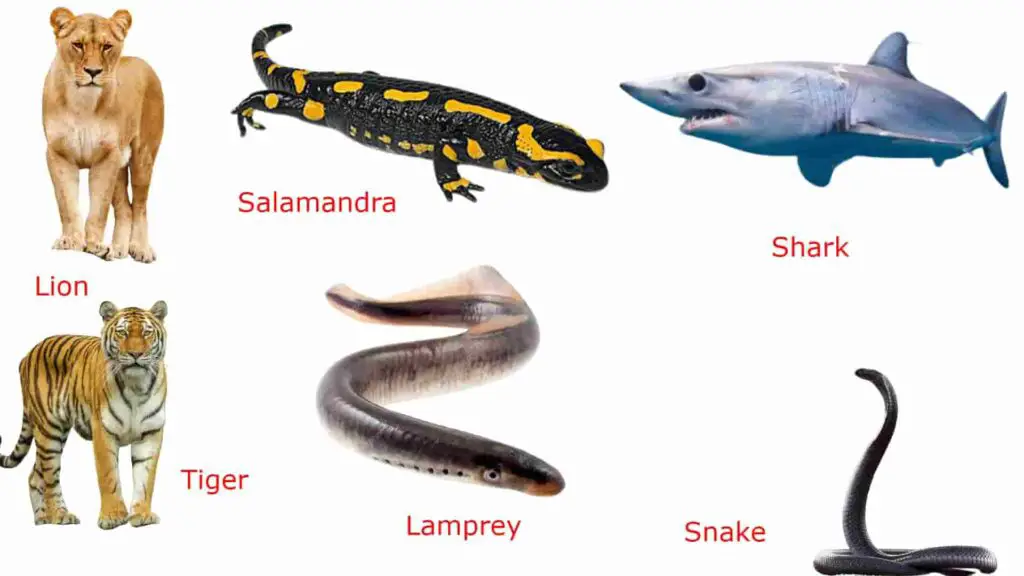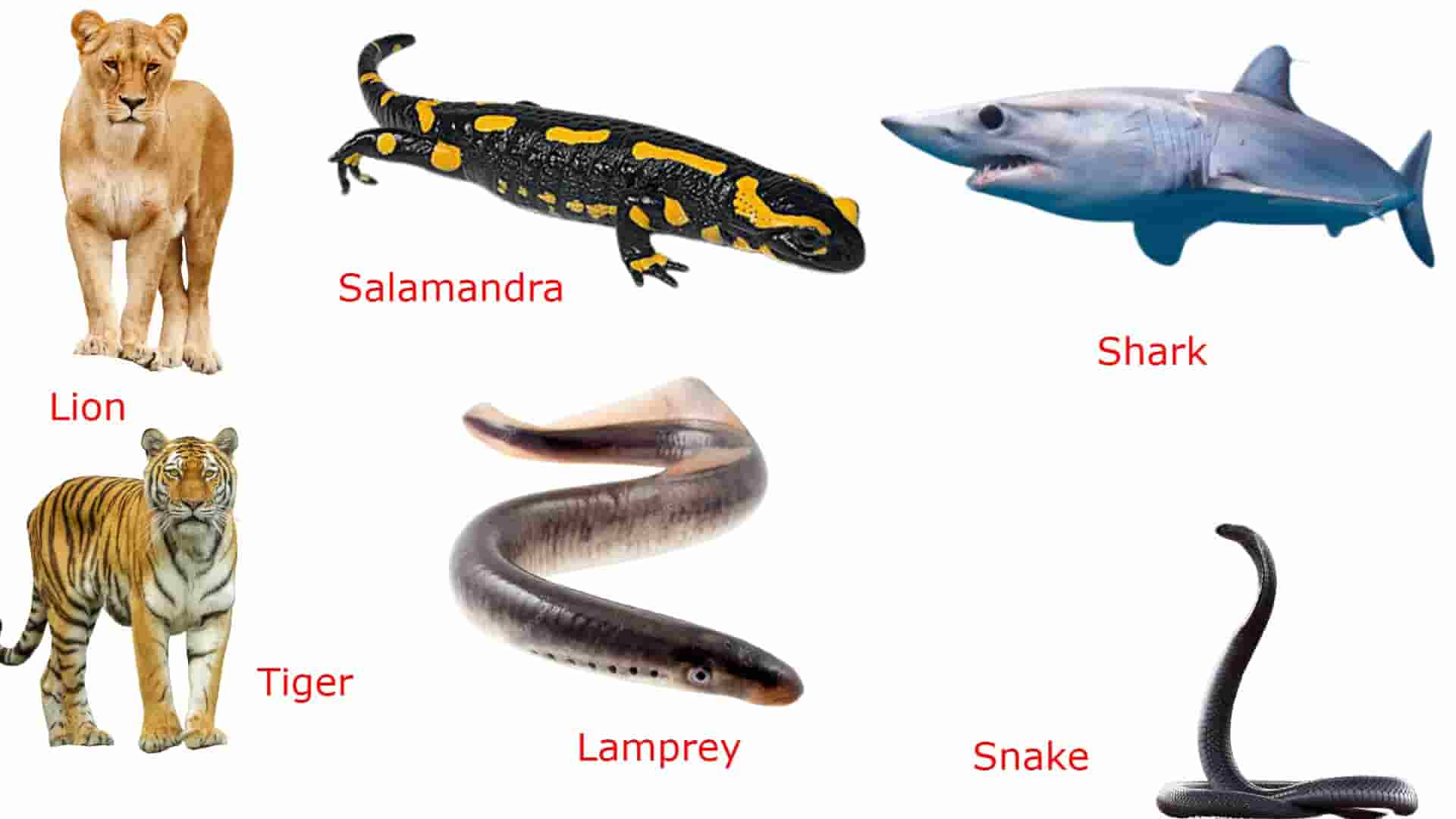In this article, we are going to discuss the vital difference between Chordata and non-chordates and we have already discussed definitions and examples of phylum Chordata, diversity in phylum Chordata, fundamental characteristics of phylum Chordata, and similar of phylum Chordata with higher non-chordate.
Table of Contents
Chordata and Nonchordate:
In the animal kingdom we place all invertebrates in phylum non-chordate and in phylum non-chordate we place mostly vertebrate animals along with some invertebrates.

There are some features that are only present in phylum Chordata which makes them superior over non-chordate but there are some features that are common in both phylum Chordata and non-chordate.
Especially higher non-chordate show many similarities with Chordata because higher non-chordate are nearer than lower non-chordate in the evolutionary history.
Fundamental Difference Between Chordate and Nonchordate:
If we try to distinguish phylum Chordata from the remaining other members of the animal kingdom then we have to search for some special features, dorsal hollow nerve cord, pharyngeal gill slits, and nerve chord which are identifying characters for Chordata.
The animals which do not process those characteristics can place in phylum non-chordate them easily.
Similarity Between Chordate and Nonchordate:
If we study characteristics of Chordate and Nonchordate then some features will show us chordate evolved version of non-chordate.

For example, the level of organizations in higher non-chordate and Chordate is organ systems level of organizations, bilateral symmetry, body axiation, metamerism, three germ layers, true coelom all those advanced features present in both higher non-chordate and chordate.
We have a separate article on the similarity of Chordate with higher non-chordate and which discuss this topic in more detail.
Major Difference Between Chordate and Nonchordate:
| Features | Chordate | Nonchordate |
| Body Temperature Regulation | Most of them can maintain a constant internal body temperature (homeothermic) while some of them are poikilothermic and do not able to maintain a constant internal body temperature. | They are known as cold-blooded because their internal body temperature varies with the external environmental temperature (poikilothermic). |
| Body Symmetry | Chordate shows bilateral symmetry due to arrangements of body organs in lateral position and it causes right and left half same like a mirror image. | Nonchordate shows different types of body symmetry, Porifera are asymmetrical, some of them show radial symmetry. |
| Post Anal Tail | Post anal tail is a special character in chordate and in higher Chordate like humans only show post-anal tail in their embryonic stage but it is absent after birth. | This feature is not a feature of non-chordate, it is true that some structures in some non-chordate look like tails but it is not the post-anal tail. |
| True coelom | In Chordate true coelom is present and the coelom is lined by peritoneum. | In non-chordate true coelom present only some higher Chordate but most of the non-chordates have either false coelom or do not have any coelom. |
| Nerve cord and Nervous System | The nervous system in Chordate is hollow and it presents dorsally, nerve cord is single and does not have any ganglia. | In non-chordate nervous system is solid and does not have any lumen, the nerve cord is double and has ganglia. |
| Hepatic Portal System | The Hepatic Portal System is present in Chprdate, the portal system is a type of venous system which do not carry blood from an organ to the heart directly before they reach at heart pass through other organs. | The hepatic portal system is not present in non-chordate. |
| Blood Vascular System | In Chordate blood, the vascular system is closed, blood flow through a closed blood vessel, and circulation in Chordate is more efficient. | In non-chordate some members have an open circulatory system in which the body fluids open into a body cavity, some members of non-chordate have a closed circulatory system like Chordate. |
| Position of Heart | The heart is present on the ventral side of their body and blood flows through the blood vessels in the posterior direction. | The heart is present on the dorsal side and blood flows towards the posterior direction through the blood vessels. |
| Metamerism | Chordate shows true metamerism in which the body is divided into different segments. | Some higher non-chordate show true metamerism like Chordate but most of the non-chordate don’t show metamerism. |
| Level of Organisations | In Chordate level of organizations is the organ systems level in which different body organs form organ systems for performing a specific function. | In higher non-chordate level of organizations is organ level of organizations but in most of the non-chordate show protoplasmic, cellular or tissue level of organizations. |
| Germ layers | Germ layers are ectoderm, mesoderm, and endoderm, they are triploblastic and all the body tissues develop from those three germ layers. | In higher non-chordate three germ layers are present but in most of the non-chordate, only ectoderm and endoderm are present and they are known as the diploblastic animals. |
| Notochord | The notochord is a supporting structure present in Chordate which is replaced by a vertebral column in Vertebrata. | Notochord does not present in non-chordate and this is a special character of Chordata which separates them from non-chordate. |
| Position of Gut | Gut is present just below the dorsal hollow nerve cord. | Gut present on the dorsal side of the solid nerve cord. |

Reference: Difference Between Chordata and Nonchordate
Hi Everyone!!! Welcome to Imaluop. Imaluop always try to learn some new and he want to share to other people. Here we will try to learn various topics on Science, specially on Biological Sciences.
